A quick caliper modification
Fret Height Gauge
© Frank Ford, 12/8/00; Photos by FF, 2000
This little modification makes a great fret height gauge from a typical dial or digital caliper. In fact, the digital one works especially well because it's so easy to reset the "zero" position.
As it comes from Stewart MacDonald, the dial caliper has a little notch in the jaw to make it easy to measure the crown height on a piece of fret wire. But, as a repairman, I find it far more necessary to measure the fret height on the instrument.
So here's how I modified my caliper.
First, I simply ground off a bit of the little poker end that measures depth:
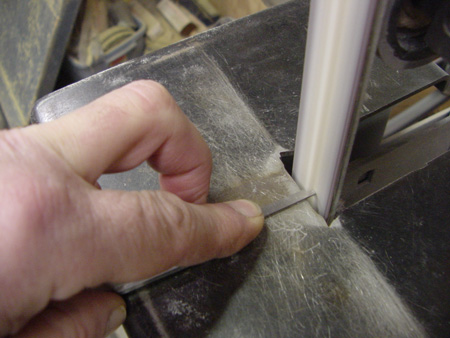
I figured it didn't matter how much I took off, so I went for about a quarter inch.
Then, using the edge of the sanding belt, I ground a notch in the end of the caliper body:
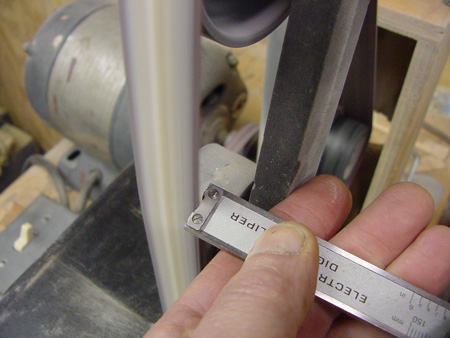
Again, I wasn't worried about how big the notch was, just as long as it would clear any likely fret I wanted to measure. I trued up the notch with a file to make it look a bit neater.
Here, you can see the result:
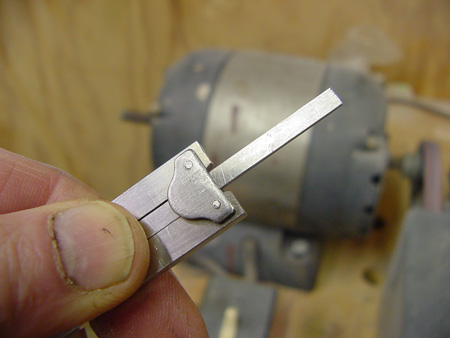
I sanded both the end of the body and the slide with a bit of 600 grit paper at the same time to true them up:
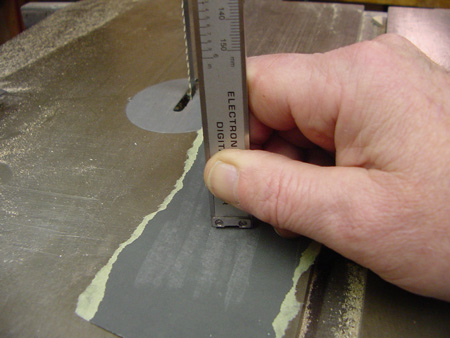
Now, to measure a fret height, all I have to do is jam the slide down against a flat surface, and turn the caliper on:
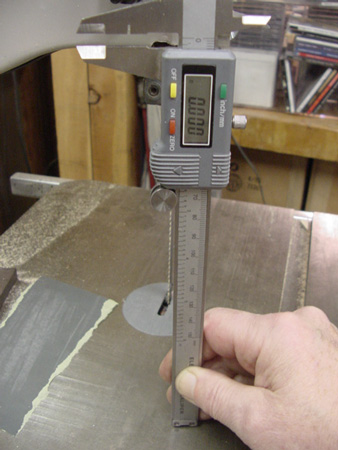
It automatically sets the reading to zero.
Holding the notch over a fret, pressing the slide down while keeping the body flat against the fingerboard, I get an immediate and precise reading of the fret height:

I wouldn't be too surprised if Stewart MacDonald adds this little modification to their fret caliper. . .
Back to Index Page